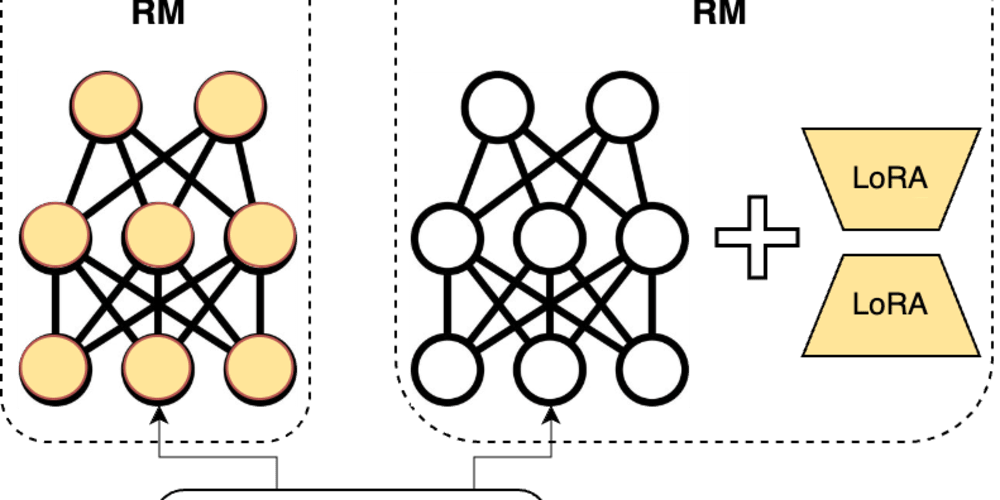<!DOCTYPE html>
The Role of Artificial Intelligence (AI) in Mobile App Development
<br> body {<br> font-family: sans-serif;<br> line-height: 1.6;<br> margin: 0;<br> padding: 20px;<br> }</p> <div class="highlight"><pre class="highlight plaintext"><code> h1, h2, h3 { margin-top: 2em; } img { max-width: 100%; height: auto; display: block; margin: 1em 0; } code { font-family: monospace; background-color: #eee; padding: 2px 5px; border-radius: 3px; } </code></pre></div> <p>
The Role of Artificial Intelligence (AI) in Mobile App Development
The mobile app landscape is constantly evolving, driven by user demand for innovative, personalized, and efficient experiences. Artificial Intelligence (AI) has emerged as a transformative force, revolutionizing how mobile apps are developed and used. From improving user experience to automating tasks and generating code, AI is empowering developers to build smarter, more engaging, and feature-rich applications.
The Rise of AI in Mobile App Development
AI's integration into mobile app development is driven by several key factors:
- Increased Data Availability: The vast amount of data generated by mobile users provides valuable insights for AI algorithms to learn from and make predictions.
- Advancements in AI Technology: Recent advancements in machine learning, deep learning, and natural language processing have made AI more accessible and powerful for mobile app development.
- User Expectations: Users are increasingly demanding personalized experiences, and AI can help tailor apps to individual preferences and needs.
- Business Efficiency: AI can automate repetitive tasks, improve development speed, and reduce development costs.

Key Concepts and Techniques
AI techniques play a crucial role in various aspects of mobile app development:
- User Interface (UI) and User Experience (UX) Design
- Personalized UI: AI can analyze user data to create custom UI layouts, themes, and content that resonate with individual preferences.
- Predictive UX: AI can anticipate user actions and needs, providing relevant suggestions and recommendations to enhance the user experience.
- Conversational Interfaces: AI-powered chatbots and voice assistants enable natural, intuitive interactions with mobile apps.
- Code Generation: AI can assist in generating code for various app features, reducing development time and effort.
- Automated Testing: AI-powered testing tools can automate the testing process, ensuring app quality and stability.
- Performance Optimization: AI can analyze app performance metrics and identify areas for optimization, improving app speed and efficiency.
- User Behavior Analysis: AI can analyze user interactions with the app to understand usage patterns, preferences, and pain points.
- Predictive Analytics: AI can predict user behavior, identify potential issues, and recommend solutions to improve app performance.
- Targeted Marketing: AI can personalize marketing campaigns based on user data and preferences, increasing engagement and conversion rates.
- Fraud Detection: AI can detect suspicious activities and patterns in real-time, preventing fraudulent transactions and protecting user data.
- Security Monitoring: AI can continuously monitor for security threats and vulnerabilities, ensuring app security and user privacy.
Tools and Technologies
A wide range of tools and technologies are employed in AI-powered mobile app development:
- Machine Learning (ML) Libraries: TensorFlow, PyTorch, scikit-learn, and others provide frameworks for building and deploying ML models.
- Natural Language Processing (NLP) Tools: NLTK, SpaCy, and Hugging Face offer libraries for text processing, sentiment analysis, and language translation.
- Computer Vision APIs: Google Cloud Vision API, Amazon Rekognition, and Microsoft Azure Computer Vision provide pre-trained models for image recognition and analysis.
- AI-powered Development Platforms: Firebase ML Kit, AWS Machine Learning, and Google Cloud AI Platform provide infrastructure and services for AI development.
Step-by-Step Guide: Implementing AI in a Mobile App
Here's a simplified guide to incorporating AI features into a mobile app:
Identify a specific area where AI can enhance the app's functionality or user experience. For example, you might want to implement a personalized recommendation system, improve search accuracy, or automate certain tasks.
Gather relevant data to train and evaluate your AI model. This might involve user interactions, app usage data, or external datasets. Ensure the data is clean, consistent, and relevant to the AI problem.
Select the appropriate AI algorithm based on the nature of the AI problem. Consider factors such as the type of data, the desired outcome, and the complexity of the algorithm.
Train the chosen AI model using the prepared data. Evaluate its performance on a separate dataset to assess its accuracy and effectiveness. Refine the model or experiment with different algorithms until you achieve satisfactory results.
Integrate the trained AI model into your app's code. This involves using appropriate APIs, libraries, or frameworks to access the model's predictions or outputs.
Deploy the app with the integrated AI features. Continuously monitor the model's performance and make adjustments as needed based on user feedback and data insights.
Examples of AI-Powered Mobile Apps
- Netflix: AI-powered recommendation algorithms suggest movies and TV shows based on user preferences.
- Amazon: AI-powered search algorithms provide personalized product recommendations.
- Duolingo: AI-powered language learning app adapts to individual learning styles and progress.
- Google Photos: AI-powered image recognition algorithms categorize and search images.
- Snapchat: AI-powered filters and lenses enhance photos and videos.
Conclusion
AI is transforming the landscape of mobile app development, offering opportunities to enhance user experience, automate tasks, and gain valuable insights from data. By leveraging AI technologies, developers can build smarter, more engaging, and personalized mobile apps. As AI continues to evolve, its role in mobile app development will only grow more prominent, leading to even more innovative and transformative applications.
Best practices for integrating AI into mobile app development include:
- Focus on User Needs: Ensure AI features address real user needs and provide tangible benefits.
- Data Privacy and Security: Prioritize data privacy and security when using AI to collect and analyze user data.
- Transparency and Explainability: Make AI decisions transparent and understandable to users.
- Continuous Improvement: Monitor and refine AI models based on user feedback and data insights.
The future of mobile app development is inextricably linked to AI. As AI technologies continue to advance, developers who embrace these innovations will be positioned to create truly exceptional and user-centric mobile applications.


















